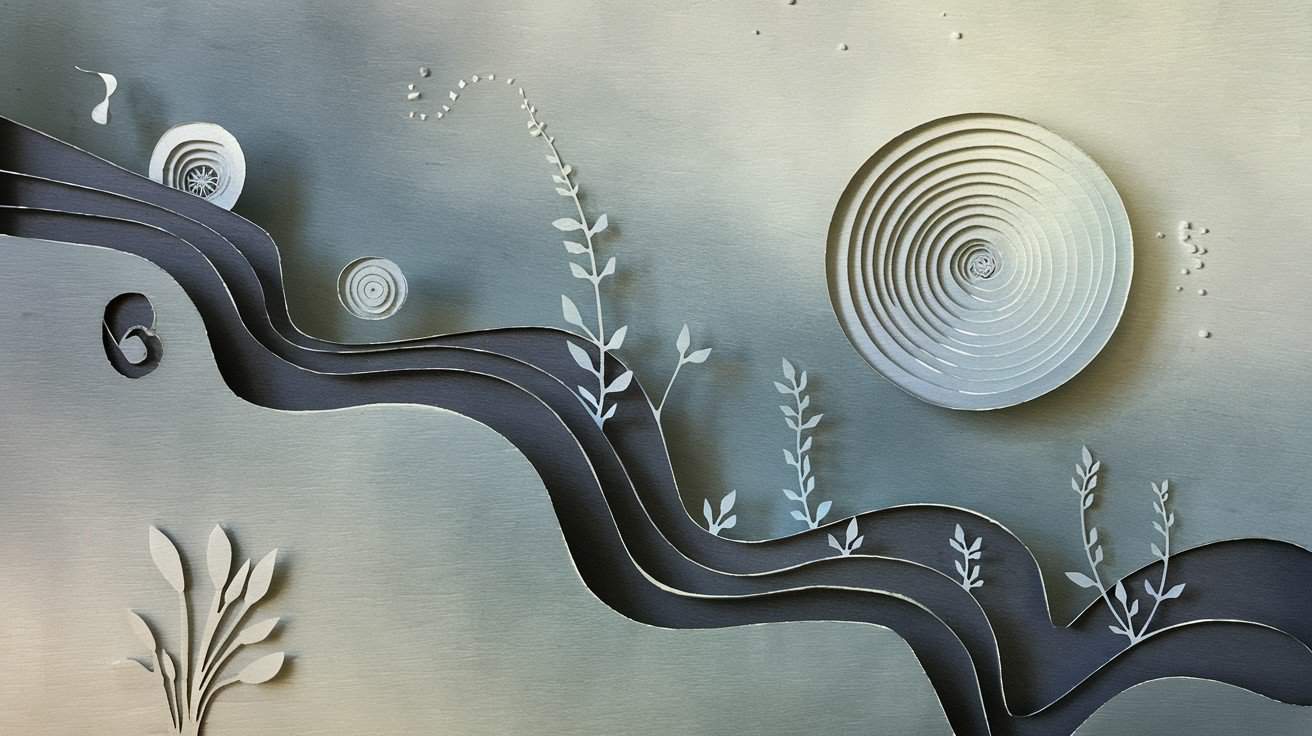The early morning fog hung thick over the garden as I sat with my coffee, watching the first hints of sunlight attempt to break through. Like that stubborn fog, trauma has a way of clouding our vision, making it hard to see the path forward. I know because I’ve been there – we all have, in our own ways.
Psychological trauma isn’t just about the big, dramatic events that make headlines. Sometimes it’s the quiet wounds that cut the deepest: betrayals of trust, losses that shake our foundation, or moments that make us question everything we thought we knew. If you’re reading this, chances are you’re carrying some of these invisible weights too.
The journey of healing from psychological trauma isn’t a straight line – it’s more like following a meandering stream that sometimes flows forward, sometimes pools in still waters, and occasionally seems to flow backward. But there’s hope in understanding this path, and that’s what we’re here to explore together. As we navigate this complex landscape, we may encounter obstacles that challenge our progress, yet each step brings us closer to understanding ourselves and the impact of our experiences. Through various practices and support systems, we can gradually cultivate resilience and begin nurturing peace after trauma. By embracing this winding journey, we open ourselves to the possibility of growth, healing, and ultimately, a deeper connection with our authentic selves.
Understanding Your Body’s Response to Trauma
When trauma occurs, our bodies react in ways that can feel overwhelming and confusing. Like a computer running too many programs at once, our system can become overloaded, leading to emotional shock symptoms that might include feeling numb, disconnected, or trapped in a constant state of high alert.
I remember working with a client – let’s call her Maya – who described her experience as “living behind glass.” She could see the world moving around her, but couldn’t quite connect with it. This is a normal response to abnormal circumstances, and recognizing these reactions is the first step toward healing.
Think of your nervous system like a sensitive instrument that’s been knocked out of tune. It’s not broken – it’s protecting you the best way it knows how. But just as a skilled musician can retune an instrument, you can learn to help your system find its natural rhythm again.
Creating Safety in the Present Moment
Before we can heal old wounds, we need to establish safety in the present. This isn’t just about physical safety – it’s about creating an inner sanctuary where healing can begin.
Start with something simple: notice where you are right now. Feel the surface supporting you. Take a slow, gentle breath. These small moments of presence can become anchors in the healing process.
I once worked with a former athlete who found his way back to emotional stability through simple physical practices. Each morning, he would stand barefoot in his backyard, feeling the grass beneath his feet. “It reminds me that I’m here now,” he told me, “not back there in the trauma.”
Building Your Healing Toolkit
Healing from psychological trauma requires a personalized approach – what works for one person might not work for another. Think of it like assembling your own unique healing toolkit. This toolkit may include various techniques such as mindfulness practices, journaling, or creative expression, all tailored to meet individual needs. For those specifically dealing with the aftermath of distressing experiences, exploring trauma therapy options for PTSD can be particularly beneficial. Ultimately, the journey to healing is deeply personal, and having the right resources at your disposal is essential for growth and recovery.
This might include:
- Gentle movement practices like yoga or tai chi
- Expressive arts or journaling
- Mindfulness and grounding techniques
- Professional support from trauma-informed therapists
- Connection with supportive community members
The key is to start small and be patient with yourself. You wouldn’t expect a broken bone to heal overnight – emotional healing takes time too.
Embracing the Non-Linear Nature of Recovery
Here’s a truth that’s both challenging and liberating: healing isn’t linear. There will be days when you feel stronger, and days when old wounds feel fresh again. This isn’t failure – it’s part of the process.
I think of it like tending a garden. Some days you’ll see new growth, other days might reveal weeds that need gentle but firm attention. Both are part of the journey toward healing.
Finding Hope in the Process
As we wrap up, I want to share something I’ve witnessed countless times in my work: the remarkable resilience of the human spirit. Every person I’ve worked with has taught me something about the capacity for healing, even in the face of profound trauma. I have seen individuals transform their pain into a source of strength, using their experiences to foster connections with others and create meaningful lives. This journey often involves navigating complex emotions, including understanding existential dread, which can surface when confronting the fragility of life. Yet, through their struggles, I’ve observed a powerful emergence of hope and purpose, reminding us all of our innate ability to overcome and thrive.
Remember: you don’t have to have it all figured out right now. Healing happens one moment, one breath, one small step at a time. Start where you are, with what you have, and let each small act of self-care be a vote for your future self.
What small step could you take today toward your own healing? Perhaps it’s as simple as bookmarking this page to return to when you need reminder that you’re not alone on this journey. Or maybe it’s reaching out to a trusted friend or professional for support.
Your healing journey is uniquely yours, but you don’t have to walk it alone. Take what resonates from these words, leave what doesn’t, and remember that each step forward, no matter how small, is progress worth honoring.


